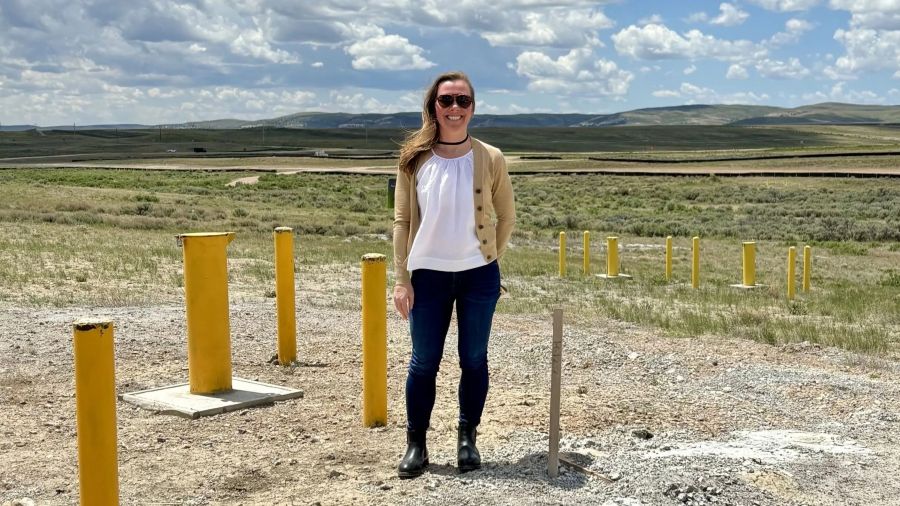Thought Leaders Convene to Help ASME Focus its Technology Portfolio
Thought Leaders Convene to Help ASME Focus its Technology Portfolio

Earlier this month, ASME brought together 20 thought leaders from companies and universities across the globe to help identify a core group of technologies the Society could focus on when creating products, programs and technical content in the future. The eventual selection of three to five new and enduring technologies to serve as the basis of ASME’s technology portfolio is a key component of the Society’s new strategy, ASME NOW, which is intended to establish ASME as the go-to organization for solving the world’s technology challenges.
The group of 20 high-level volunteers, named the Technology Advisory Panel (TAP), met at the New York headquarters of ASME on March 4 for the daylong workshop. The meeting, which was facilitated by Anne House Henrich of Cardinal Consulting and ASME’s director of market intelligence Svetlana Shaknes, employed a structured, focus-group styled format called the Delphi Method to help the participants through the selection process.
The TAP meeting was the third step in the initiative, which began in January when an 18-member Staff Technology Team was formed to begin the technology identifying process, reducing a list of more than 2,600 individual technologies to the 50 deemed most relevant for achieving ASME’s strategic objectives. In February, a survey was then sent to 125,000 Society members and qualified content contributors, whose input helped the staff team select the 24 technologies that the TAP members were asked to review based on their relevancy to ASME as well as mechanical engineering and market-related parameters.

By the end of the lively meeting in New York, the panel had narrowed the list of 24 technologies down to the 13 they saw as most germane to ASME: manufacturing (including additive manufacturing/3D printing and digital design and manufacturing); robotics; gas turbines; renewable energy (including energy storage); autonomous/unmanned vehicles; bioengineering; nuclear power; distributed generation; pressure technology, environmental engineering; smart grid; energy efficiency; and aerospace.
One important way that the members of the group were able to arrive at their final list was by concluding early on in the workshop that some of the original 24 technologies — such as artificial intelligence, big data analytics, STEM education, and nanotechnology — could be viewed as areas that enabled or supported the 13 technologies they ultimately selected.
“I think one of the main things we decided to do was to refine the process when everybody saw that some of the technologies were supportive and that this was more of a matrix than a direct list,” TAP member Karen Stelling, a professor of practice at the University of Nebraska–Lincoln, said after the meeting. “Once we could agree on that in the morning, we actually changed our direction and then I think it made everything shake out pretty well from there. That’s when we were able to make progress.”

Eduardo Barrientos, another member of the panel, concurred. The group realized that these supporting or “cross-cutting” technologies would be “systematically embedded in all the other technologies as we develop products and services around those technologies,” said Barrientos, a technology system engineer at General Motors Powertrain–Europe. “I think that made it simpler for the group to focus. That’s when we were able to really prioritize.”
The next step for the Staff Technology Team will be to conduct strength, weakness, opportunity and threat (SWOT) analysis of the 13 selected technologies in order to further narrow the list to five technologies, which will be presented to the Board of Governors for approval by June 1.
Panel member Bharat Bhushan said he was pleased with the outcome of the day’s activities. “I was glad to see that ASME, the volunteer organization and the staff, felt the need to look at what is it they need to be doing, where they need to be focusing,” said Dr. Bhushan, Ohio Eminent Scholar and the Howard D. Winbigler Professor at the Ohio State University. “It was an effort worth doing, and it’s good that they invited 20 volunteers from all over the world. ASME members come with a diverse background to bring in a room in a democratic way.” Dr. Bhusan went on to say that he believes ASME should regularly revisit the technologies — perhaps as often as every few years — because of the constantly progressing nature of technology.

Laurent Fabry, global strategic account director at T.D. Williamson in Belgium, also commended ASME on the diversity of the group that had been assembled for the meeting. “We had early career, we had academia, and we had various types of industries,” he said. “It created, in the end, a good representation of the market and a good group for identifying the market needs. I think it was also a privilege to be called upon and to be humbly representing the industry we serve.”
Barrientos commended ASME’s leaders for their efforts to develop a strategy that would be beneficial for the Society. “Focusing around certain key technologies and then around markets is going to allow us to be more effective,” he said. “It’s going to allow us to work together to look at the problems and actually organize ourselves in a better way so we can provide a better service for humankind.”
The other Technology Advisory Panel members who took part in the meeting were Caleb Amy, a graduate student from Georgia Institute of Technology; Judith Bamberger from Pacific Northwest National Laboratory; John Elter of Sustainable Systems LLC; Tommy Gardner of Jacobs/CTO Mission Solutions; Robert Hauck of GE Medical Systems Healthcare; Ralph Hill of Hill Engineering Solutions LLC; Jonathan Jennings, a student at the University of Missouri; James F. Klausner from Michigan State University; Jeffrey Korengel of ConAgra Foods; Tim Lieuwen from Georgia Tech; Brian Paul from Oregon State University; Ravi Prasher from Lawrence Berkeley National Laboratory; John Voeller of Black & Veatch; and Steven Wallace of Boeing Research and Technology. ASME staff members John Koehr, Raj Manchanda, Christine Reilley and Paul Cleri, who are members of the Staff Technology Team, also served as panel members during the meeting.




